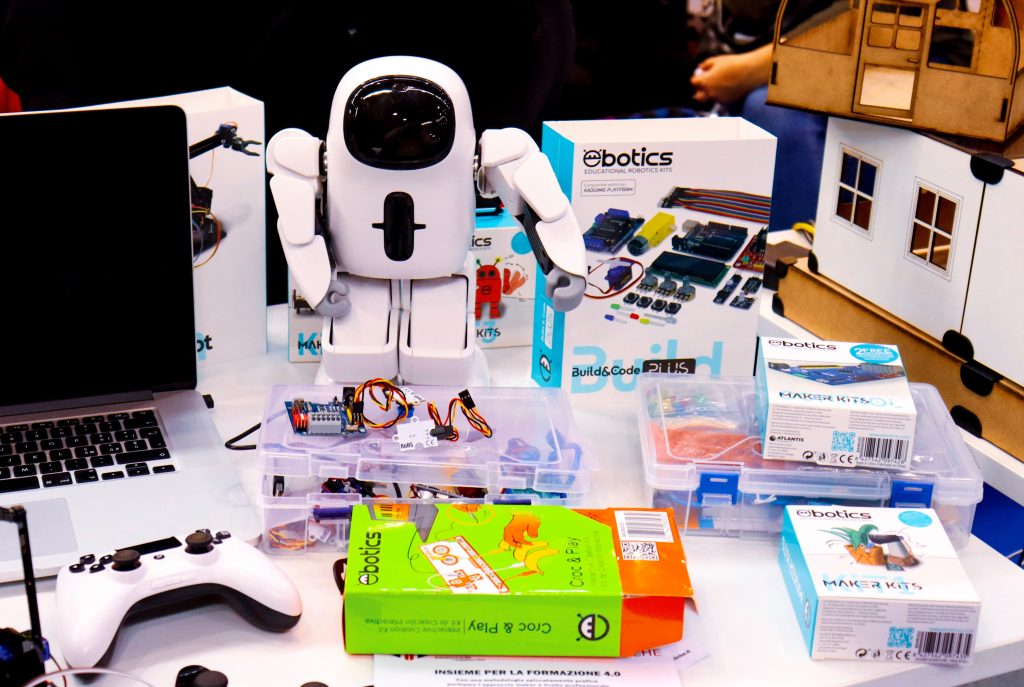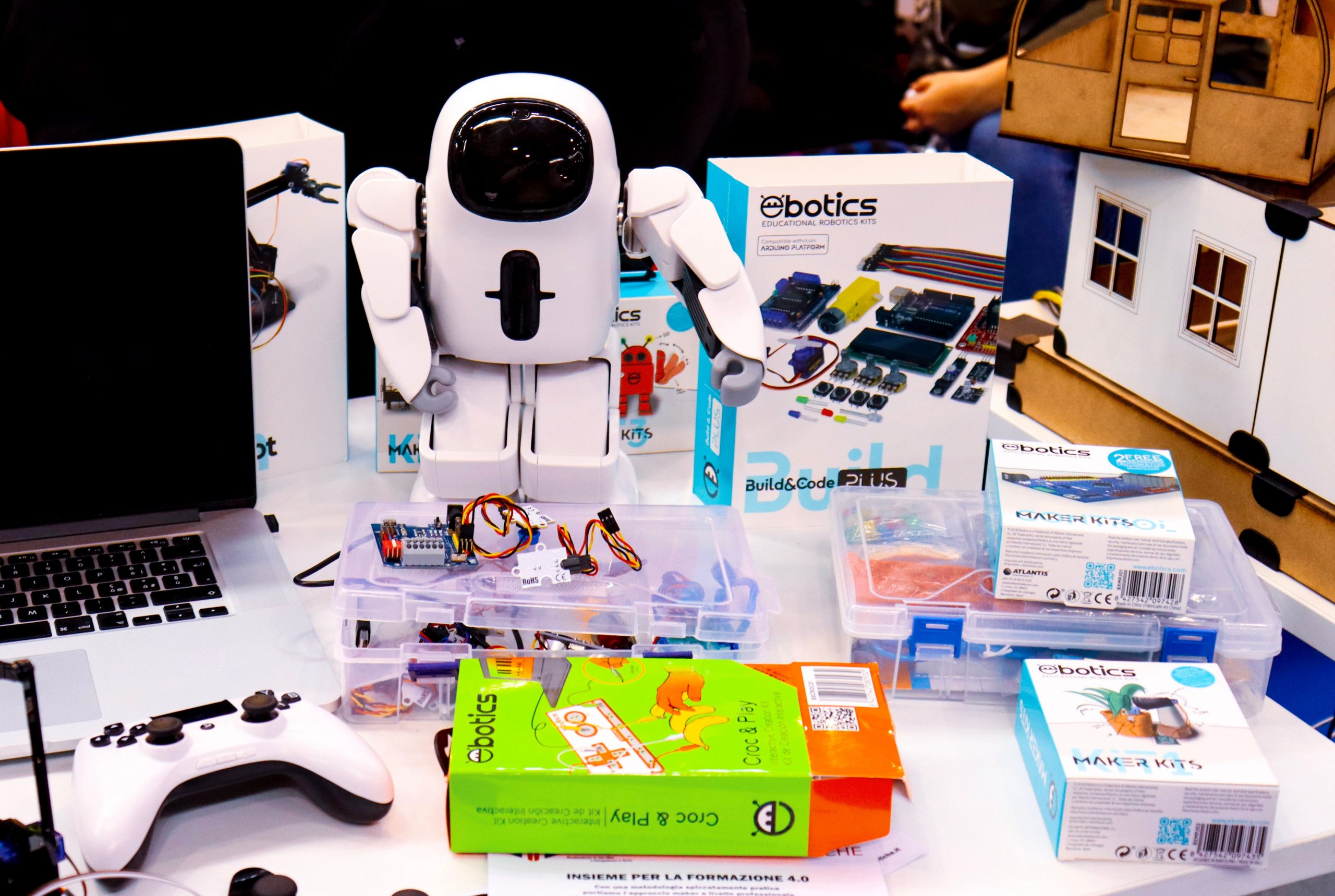Building Your Own Robot Doesn’t Need to Be Difficult

The idea of building a robot has been a staple of science fiction. An unstable genius barricades themselves in a garage for an unspecified period of time; they emerge having constructed and programmed a robot to do their bidding.
Nowadays, of course, robotics is more approachable than ever. There’s a range of inexpensive programming boards available, and a voluminous quantity of online resources, via which you’ll be able to learn the fundamentals of the hobby. In no time at all, you’ll have the skills you need to construct a machine servant to do your bidding!
Decide on the function
Robotics can be incredibly complicated – so it’s important to narrow the scope and reduce the complexity of your first few projects. Once you’ve gotten these done, you’ll have familiarised yourself with the practical pitfalls you might encounter when you move onto more elaborate projects.
You might even break simple projects down into basic building blocks, just so that you can get the satisfaction that comes with a successful project as early on in the project as possible.
Start with the electronics
Getting the electronics sending the appropriate signals to the motors should be considered your first priority. If you can’t do that, then there’s no way that your machine will work. You don’t want to construct the project only to find that you can’t get the electronics working.
Choose the right motors
Your robot will need actuators to drive its various limbs and pumps. These can be rotational motors, which spin a shaft, or linear ones, which push a rod back and forth. For hobbyists, a servo motor is a good starting place, as it includes a few other components besides a DC motor, such as a potentiometer that keeps track of the angle of the axle. These are available from Allied Electronics.
Your robot also need a motor controller – a specialised board designed to act as an intermediary between the motor and your microcontroller. It’ll take control signals from your main board and apply the power accordingly.
Testing
Once you’ve gotten your robot into something like working order, it’s time to begin troubleshooting. This is where you look for problems, document them, and then try to implement fixes. This is where experience can play a critical role; if you’re just starting out and you’re trying to fix something complex and experimental, then you’re almost certain to run into problems and frustration. Which is another good reason to keep things as simple as possible!


